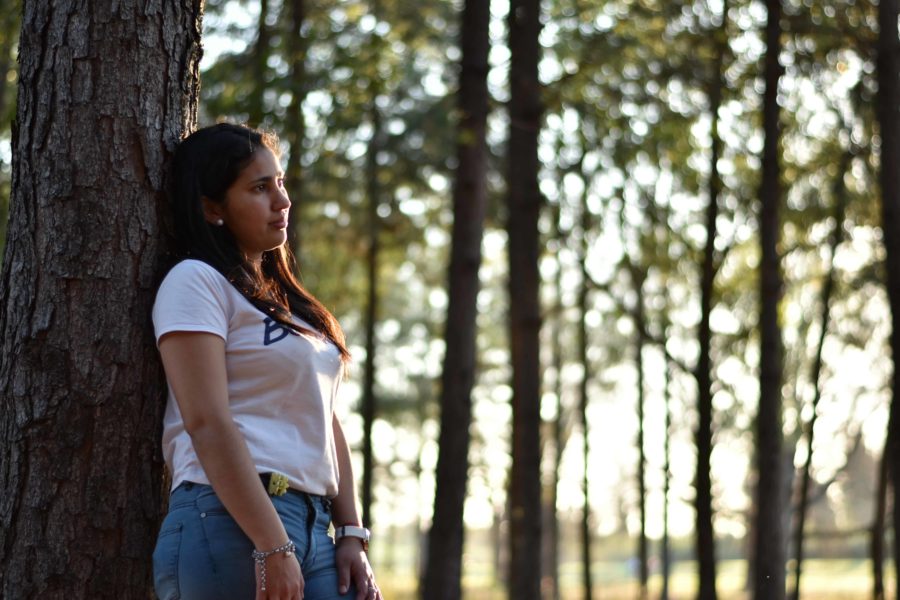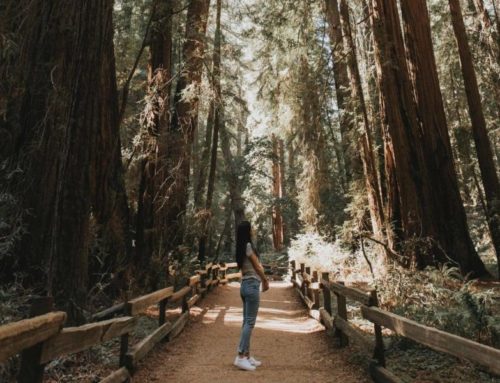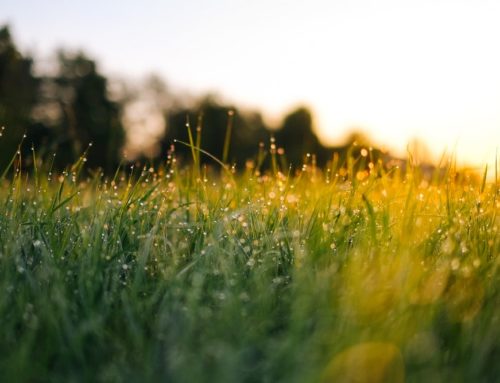Reconnecting to nature can be a powerful activity as part of trauma recovery and healing centered engagement. Playing in the dirt and walking barefoot heals us in infinite ways. Forests and natural landscapes expose us to healthy bacteria, sunshine, and phytoncides (chemicals released by trees that are known for their ability to improve our immune responses). Forests decrease stress hormones and rumination and regulate our heart rate and blood pressure. Forest bathing helps alleviate depression and anxiety, something I know first hand. It can improve both physical and mental health. And importantly, forest bathing can also help reconnect people to ancestral stories and relationships to the land.
Trees, forests, land, people
Forest bathing and other nature exposure activities like gardening and hiking and farming may have critically different meanings (and powerful healing too) for folks from racialized communities where land has been severed by colonialism and/or associated with slavery. For Indigenous people or descendants of enslaved Africans who face the intergenerational trauma associated with being moved and removed from their traditional lands and/or separated from their family and culture, forest bathing, like gardening and farming, can be a healing activity for trauma recovery. Overall, nature exposure is a chance to reclaim both land and stories.
Forest bathing can provide an opportunity to connect to the soil where one’s ancestors have stood, to recall the power and strength of your people and your relationship to the earth, the trees, the water, the sky. For settlers, forest bathing can ignite us to advocate for safe, secure, and healthy relationships to the land and the people who live on it. In short, forest bathing can encourage reconciliation.
Forest bathing for trauma recovery
Forest bathing’s flexibility make it an ideal activity for those who have experienced trauma. Make your forest bathing activity personal. There are no rules that dictate how to forest bathe. Move if you want to – stand if you don’t. Use forest bathing as meditative time – or just feel the earth beneath your feet as though for the very first time. Go to the woods by yourself – or join a forest therapy guided group.
One of my favourite forest bathing activities is a great one for people who have experienced trauma of any kind. In this exercise, you use the structure and form of a tree trunk to find your own strong and secure foundation in a place where you feel like you belong.
Take a stand
Find any forest bathing spot that you like. Scan the area for a tree that appeals to you. Choose a tree that is accessible and embodies qualities like strength, security, and confidence. Find a tree that looks like it speaks its mind clearly and has healthy boundaries with the other trees nearby.
If you are standing, stand with your back or your chest facing the tree. If you are sitting, sit beside the tree so you can stretch an arm or hand or head against the tree. Lean or press your body into the tree if it feels comfortable and safe to do so. Where your body touches the tree, notice how strong the tree trunk feels. Notice how you can adopt some of the tree’s nature by holding the same posture or space as the tree. Allow the tree to offer you strength and resilience. Breathe and bathe in the positive qualities of your tree.
Alternate option: Find a tree or bush that feels like it can envelop you in safety and comfort. Sit or stand in this protected space and repeat the visualization described above, focusing on feeling safe and cared for.






